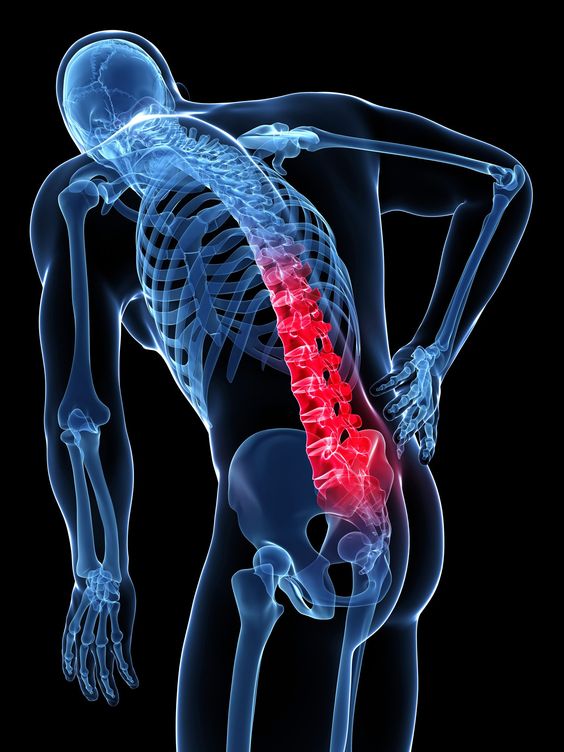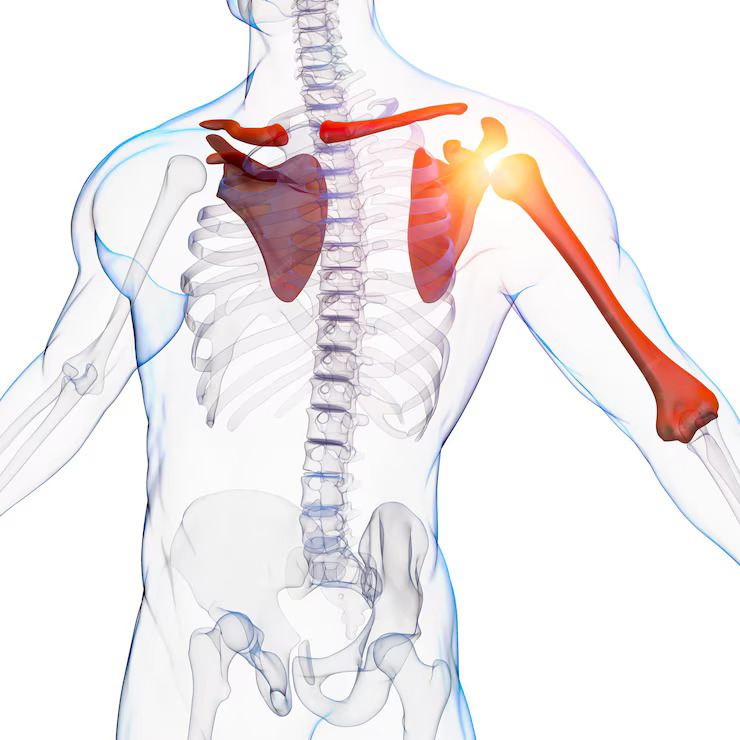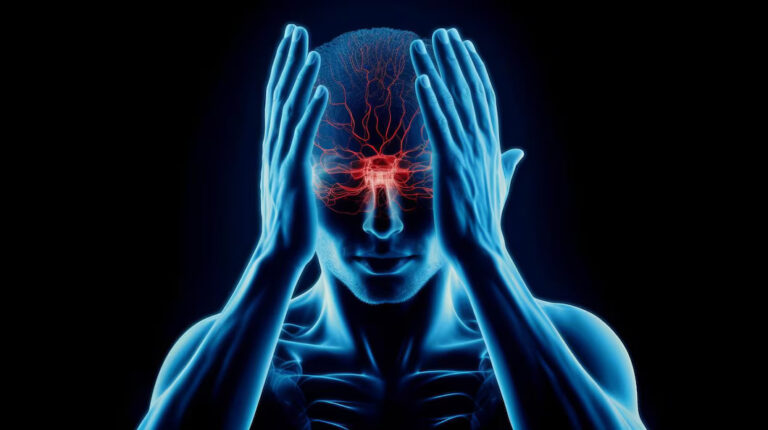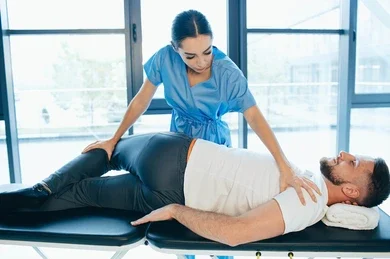Back Pain In Athletes: Injury Prevention And Recovery Techniques
Back pain is a common complaint among athletes, impacting their performance and overall well-being. Whether you’re a professional athlete or a weekend warrior, back pain can be a debilitating issue that affects your ability to train and compete at your best. Understanding the causes of back pain in athletes and implementing effective prevention and recovery techniques is crucial for maintaining peak physical condition and avoiding long-term injury.
To Know More About It Please Click Here
Causes of Back Pain in Athletes
Back pain in athletes can stem from a variety of factors, including:
- Muscle Strain: Overexertion or improper lifting techniques can strain the muscles in the back, leading to pain and discomfort.
- Poor Posture: Incorrect posture during training or competition can put undue stress on the spine, contributing to back pain over time.
- Overuse Injuries: Repetitive movements, such as those involved in certain sports or activities, can cause overuse injuries that manifest as back pain.
- Traumatic Injuries: Falls, collisions, or other traumatic incidents during sports can result in acute back injuries, such as fractures or herniated discs.
- Imbalance and Weakness: Muscle imbalances and weakness in the core and supporting muscles can destabilize the spine, increasing the risk of back pain.
Prevention Strategies
Preventing back pain in athletes requires a proactive approach to training and conditioning. Here are some key strategies to minimize the risk of back injuries:
- Proper Warm-Up and Stretching: Always start your training sessions with a thorough warm-up to prepare your muscles and joints for activity. Incorporate dynamic stretches targeting the back and core muscles to improve flexibility and range of motion.
- Strength Training: Incorporate strength training exercises that focus on the core muscles, back extensors, and stabilizing muscles to improve overall strength and stability. A strong core provides essential support for the spine and helps prevent injuries.
- Maintain Good Posture: Practice proper body mechanics and maintain correct posture during training, competition, and everyday activities. Avoid excessive bending, lifting, or twisting motions that can strain the back.
- Cross-Train: Engage in a variety of activities and sports to prevent overuse injuries and promote balanced muscle development. Cross-training can also reduce the repetitive stress on specific muscle groups, including those in the back.
- Use Proper Equipment: Ensure that you use appropriate sports equipment and gear that fits properly and provides adequate support. Invest in quality footwear, protective gear, and ergonomic sports equipment to reduce the risk of injury.
Recovery Techniques
In the event of back pain or injury, proper recovery techniques are essential for healing and preventing further complications. Here are some effective strategies for managing back pain in athletes:
- Rest and Recovery: Allow your body sufficient time to rest and recover from training or competition. Avoid activities that exacerbate pain and focus on gentle movements and activities that promote relaxation and recovery.
- Ice and Heat Therapy: Apply ice packs to the affected area to reduce inflammation and numb pain during the acute phase of injury. Once inflammation subsides, use heat therapy, such as warm compresses or heating pads, to promote blood flow and relaxation of tense muscles.
- Physical Therapy: Seek guidance from a qualified physical therapist who can prescribe specific exercises and modalities to rehabilitate back injuries and improve strength and flexibility. Physical therapy can also help address underlying biomechanical issues contributing to back pain.
- Manual Therapy: Consider complementary therapies such as chiropractic care, massage therapy, or acupuncture to alleviate muscle tension, improve spinal alignment, and promote healing.
- Gradual Return to Activity: Gradually reintroduce physical activity and sports participation once pain subsides and mobility improves. Follow a structured rehabilitation program designed to gradually increase intensity and volume while monitoring for any signs of pain or discomfort.
Conclusion
Back pain is a common concern for athletes, but with the right approach to prevention and recovery, it is possible to minimize the risk of injury and maintain optimal performance. By incorporating proper warm-up techniques, strength training, and posture awareness into your training regimen, you can strengthen your back and reduce the likelihood of experiencing pain or discomfort. In the event of injury, prioritize rest, rehabilitation, and seeking professional guidance to ensure a safe and effective recovery. Remember, listening to your body and addressing any signs of discomfort early on can help prevent more serious issues down the road, allowing you to continue enjoying the sports and activities you love.
Also, Follow us on Instagram







